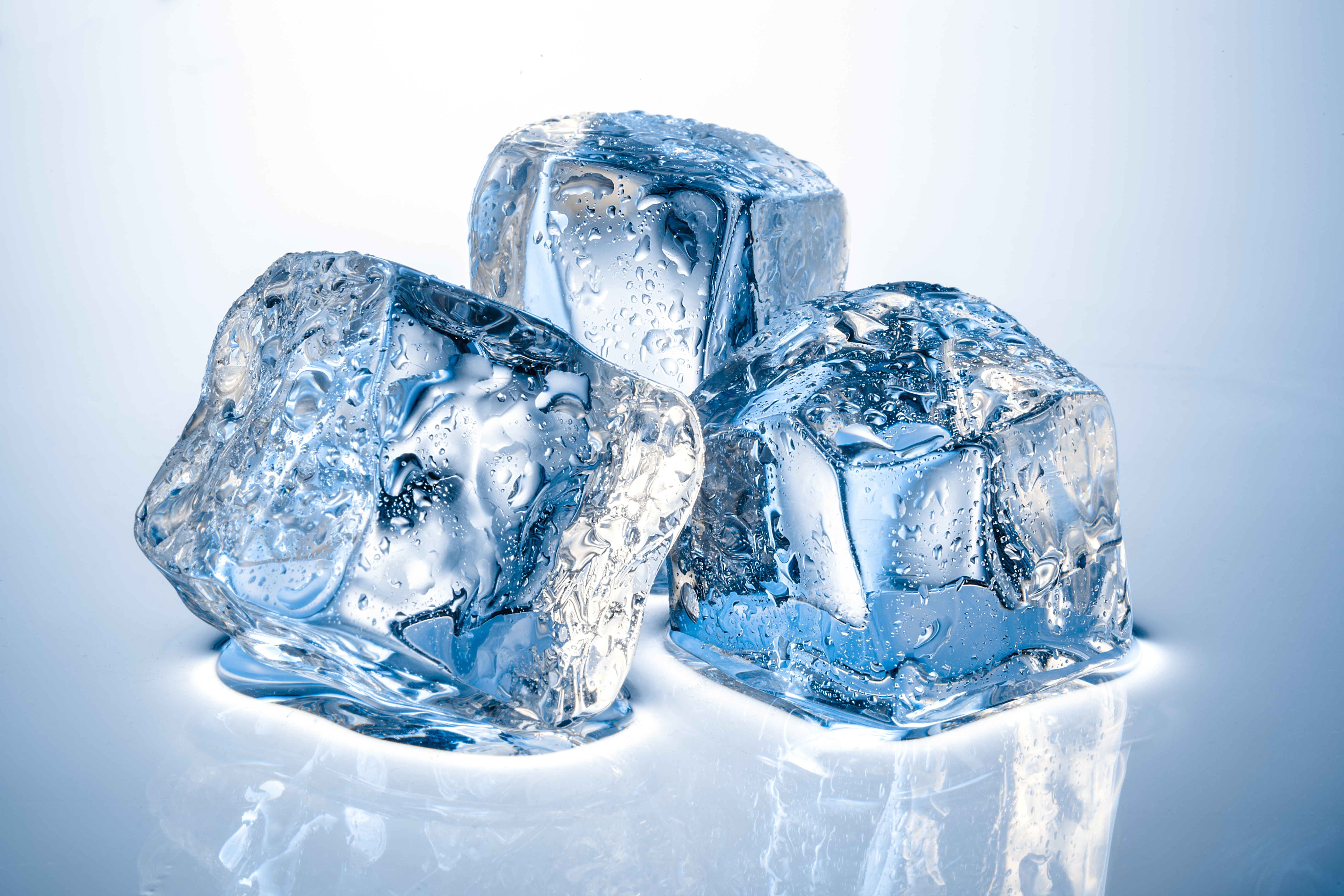Ice Silver Metallic Subaru Touch Up Paint

Ah, Ice Silver Metallic. Subaru's ubiquitous, yet undeniably handsome, shade that graces everything from WRXs to Outbacks. It's a color that seems to defy dirt, accentuates the lines of Subaru's designs, and, let's be honest, is probably the most common color you'll see at any given Subaru meet. But even the toughest clear coat is no match for road debris, stray shopping carts, and the occasional overzealous automatic car wash. That's where understanding the nuances of touch up paint becomes crucial for maintaining your Subaru's pristine (or, at least, presentable) appearance.
Understanding the Challenge: Metallic Paint
Unlike a solid color, metallic paints like Ice Silver Metallic (color code G1U) present a unique set of challenges. The paint contains tiny flakes of aluminum that reflect light, creating the characteristic shimmer. These flakes need to be aligned properly during application for the repair to blend seamlessly. Mismatched flake orientation results in a noticeable difference in reflectivity, making the touch-up stand out like a sore thumb. This is why simply slapping on any generic silver paint won’t cut it.
Furthermore, metallic paints often consist of multiple layers: a base coat for color, a mid-coat containing the metallic particles, and a clear coat for protection and gloss. Many touch-up kits attempt to combine these into a single step, but the results are almost always less than perfect. For truly professional results, consider a two-stage process: base coat and clear coat.
Choosing the Right Touch Up Paint
Your best bet is always to use genuine Subaru touch up paint. It's formulated specifically for your vehicle's paint code (G1U for Ice Silver Metallic) and is generally available at your local Subaru dealership or online through authorized parts retailers. While aftermarket options exist, color matching can be inconsistent, and the quality of the paint and clear coat may be inferior. Saving a few dollars on touch-up paint isn't worth the risk of a mismatched repair.
When acquiring the paint, ensure you get the complete kit, ideally one that includes:
- Color-matched paint (G1U)
- Clear coat
- Fine-tipped applicator brushes (various sizes)
- Abrasive compounds (for leveling)
The Application Process: A Step-by-Step Guide
Preparation is key. Before you even think about applying paint, thoroughly clean the damaged area. Remove any loose paint chips, rust, or debris. Use a degreaser to eliminate wax or contaminants. For deeper scratches, consider lightly sanding the area with very fine grit sandpaper (2000 grit or higher) to create a smooth surface for the paint to adhere to.
- Apply the Paint: Using the fine-tipped brush, apply thin, even coats of the color-matched paint to the damaged area. Avoid applying too much paint at once, as this can lead to runs and uneven coverage. Allow each coat to dry completely (refer to the manufacturer's instructions on the touch up paint) before applying the next. Multiple thin coats are far better than one thick coat.
- Leveling (Optional): If the touch-up paint builds up above the surrounding paint surface, you can carefully level it using a specialized leveling compound and a polishing cloth. This requires a steady hand and patience. Proceed with caution, as you can easily damage the surrounding paint if you are too aggressive.
- Apply the Clear Coat: Once the color-matched paint is completely dry, apply a thin, even coat of clear coat. This will protect the paint and provide a glossy finish. Again, allow the clear coat to dry completely.
- Polishing: After the clear coat has cured (usually 24-48 hours), you can gently polish the area with a fine polishing compound to blend the repair seamlessly with the surrounding paint. Use a soft cloth and avoid excessive pressure.
Pro Tips for a Flawless Finish
- Temperature Matters: Apply touch-up paint in a well-ventilated area at a moderate temperature (between 60°F and 80°F). Extreme temperatures can affect the drying time and adhesion of the paint.
- Shake Well: Always shake the touch-up paint thoroughly before each use to ensure the metallic particles are evenly distributed.
- Practice Makes Perfect: Before tackling a noticeable scratch, practice on an inconspicuous area (like inside the door jamb) to get a feel for the paint and application process.
- Wax On, Wax Off: After the touch-up paint has fully cured, apply a coat of wax to protect the repaired area and blend it seamlessly with the surrounding paint.
While achieving a perfect, undetectable repair with touch-up paint can be challenging, following these guidelines will significantly improve your chances of success. Remember, patience and meticulous attention to detail are key. With the right technique and a little practice, you can keep your Ice Silver Metallic Subaru looking its best for years to come. And if all else fails, there's always the option of consulting a professional auto body shop. But for minor scratches and blemishes, a well-executed touch-up job can be a cost-effective and satisfying solution.
